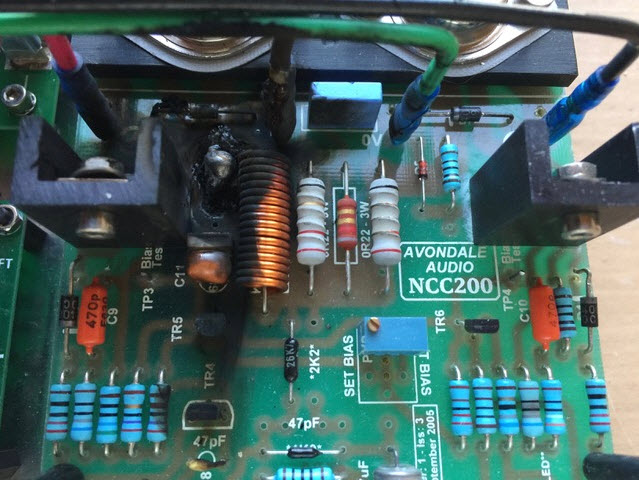glenn jarrett
pfm Member
whats the maximum voltage you can feed 2x NCC200 modules ?
the transformer i have is on the schematic of the amp i recycled it from as giving +/-53.5 v after regulation and smoothing but with nothing connected ( no load ) i get +/- 58.5 v across the caps is this because i have no load connected
and would this be ok feeding 2x modules ?
 20210329_204447 by glenn jarrett, on Flickr
20210329_204447 by glenn jarrett, on Flickr
 20210329_204640 by glenn jarrett, on Flickr
20210329_204640 by glenn jarrett, on Flickr
the transformer i have is on the schematic of the amp i recycled it from as giving +/-53.5 v after regulation and smoothing but with nothing connected ( no load ) i get +/- 58.5 v across the caps is this because i have no load connected
and would this be ok feeding 2x modules ?
 20210329_204447 by glenn jarrett, on Flickr
20210329_204447 by glenn jarrett, on Flickr 20210329_204640 by glenn jarrett, on Flickr
20210329_204640 by glenn jarrett, on Flickr

 20210329_204640
20210329_204640

 20210403_132724
20210403_132724 20210403_132736
20210403_132736